In-Home & In-Centre Service
Effective ABA intervention for ASD is not a “one size fits all” approach and should never be viewed as a “canned” set of programmes or drills. On the contrary, a skilled therapist customises the intervention to each child’s skills, needs, interests, preferences and family situation. For these reasons, an ABA program for one child will look different than a program for another. That said, quality ABA programs for individual’s with ASD have the following in common:
In-Home & In-Centre Service
Effective ABA intervention for ASD is not a “one size fits all” approach and should never be viewed as a “canned” set of programmes or drills. On the contrary, a skilled therapist customises the intervention to each child’s skills, needs, interests, preferences and family situation. For these reasons, an ABA program for one child will look different than a program for another. That said, quality ABA programs for individual’s with ASD have the following in common:
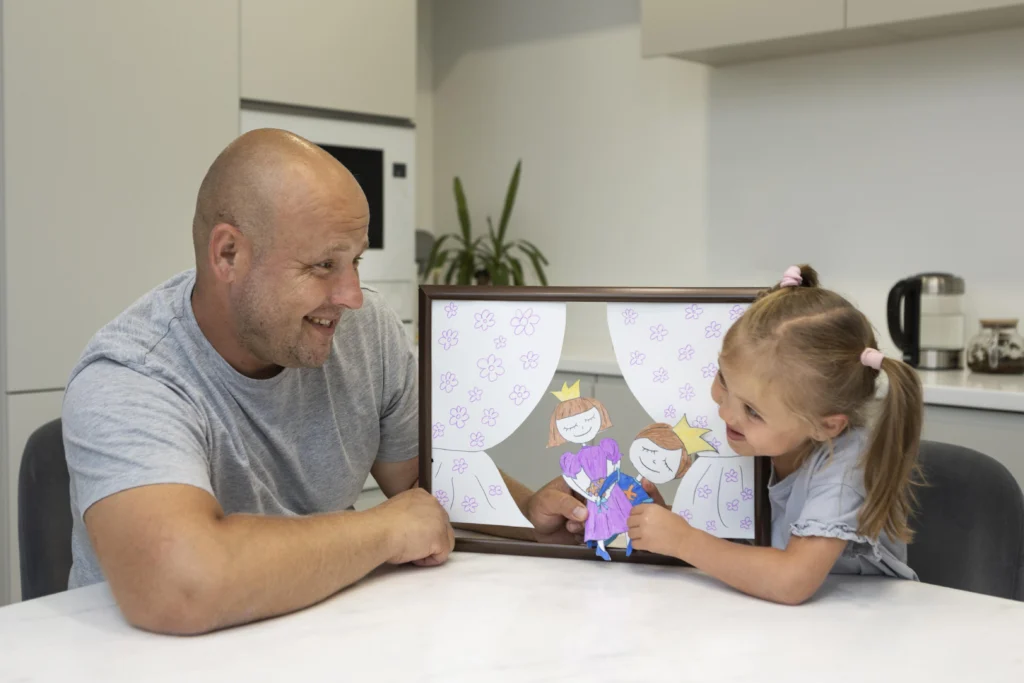
1. Early Intervention (ABA therapy)
At ASD Community Support Service, we deliver evidence-based early intervention programmes aligned with the Australian Government’s Guidelines for Good Practice. Autism spectrum disorder (ASD) supports vary widely—from behaviour therapies like Applied Behaviour Analysis (ABA) to developmental and combined approaches.
Our experienced therapists focus on your child’s unique strengths and needs, not just their diagnosis. We partner with families to:
- Empower parents with practical strategies to support learning at home
- Collaborate with childcare centres, schools, and allied health professionals
- Tailor interventions to help each child thrive in their daily environments
We combine structured ABA techniques with play-based learning to foster communication, social skills, and independence.
1. Early Intervention (ABA therapy)
At ASD Community Support Service, we deliver evidence-based early intervention programmes aligned with the Australian Government’s Guidelines for Good Practice. Autism spectrum disorder (ASD) supports vary widely—from behaviour therapies like Applied Behaviour Analysis (ABA) to developmental and combined approaches.
Our experienced therapists focus on your child’s unique strengths and needs, not just their diagnosis. We partner with families to:

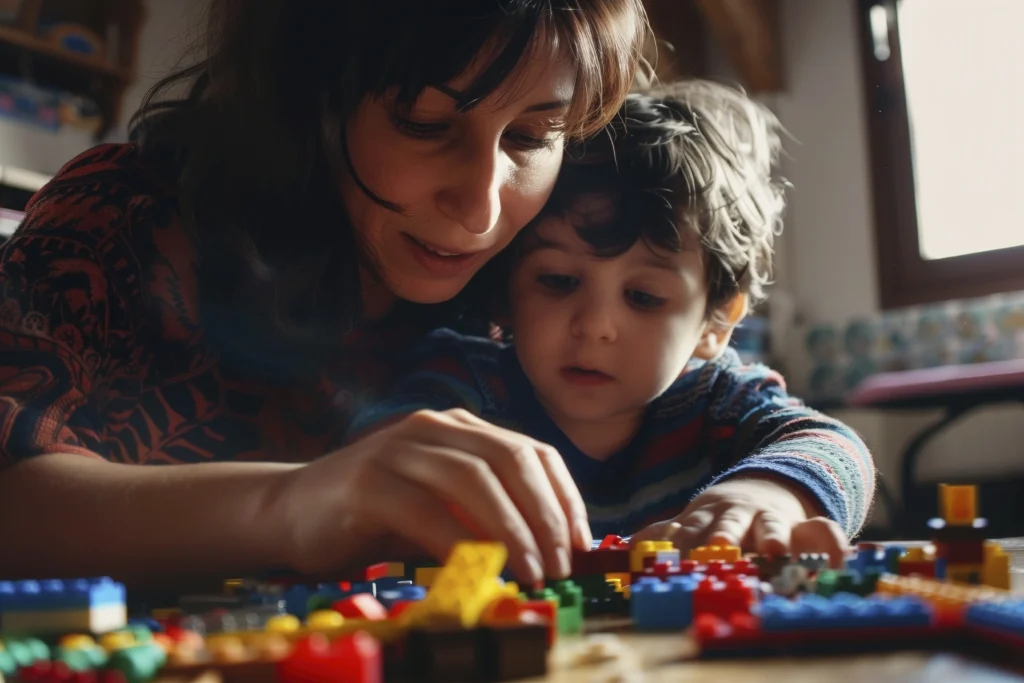
2. Our Social Group
- Suitable for kids aged 4 to 7
- Joint Attention
- Practise school readiness skills (transition, follow group instructions, engage in activities)
- Structured play time (turn taking, collaborative activities, social games)
- Small group setting with 2-4 children at similar developmental stage
- Weekly progress evaluation
- Running by school terms

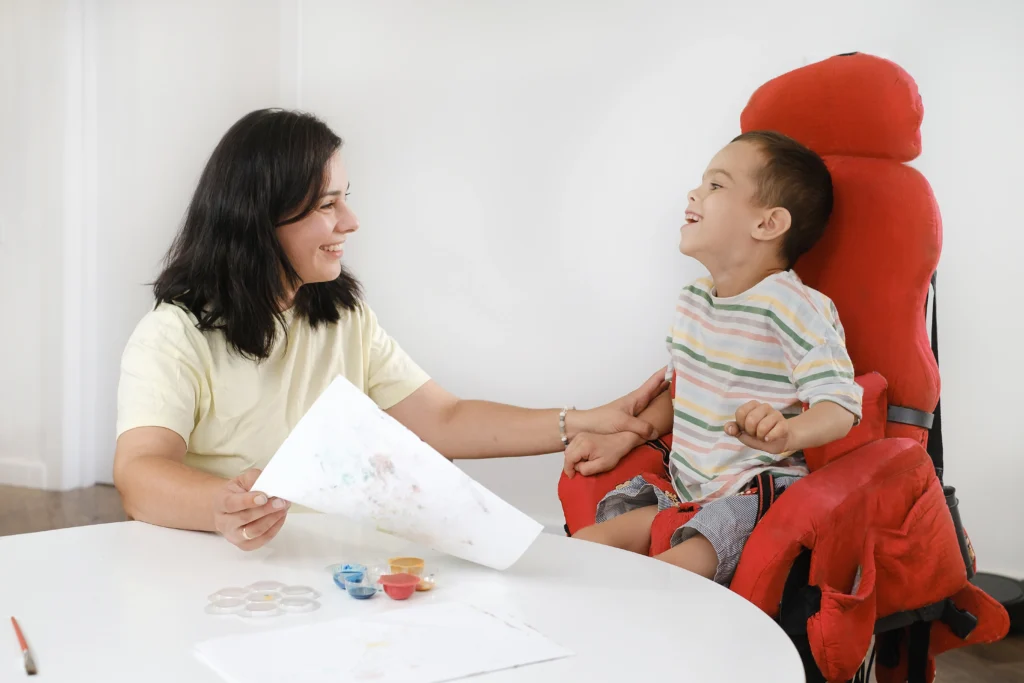
3. Behaviour Management
At ASD Community Support Service, we help children develop essential life skills and positive behaviours by carefully assessing what competencies they need to thrive in learning and social environments. Our experienced therapists work closely with families to implement tailored strategies, including proven behaviour therapies techniques, that foster these valuable skills.
Research consistently shows that as children develop more adaptive ways to meet life’s demands; challenging behaviours naturally decrease. We focus on empowering each child with practical abilities while supporting families throughout the journey.
3. Behaviour Management
At ASD Community Support Service, we help children develop essential life skills and positive behaviours by carefully assessing what competencies they need to thrive in learning and social environments. Our experienced therapists work closely with families to implement tailored strategies, including proven behaviour therapies techniques, that foster these valuable skills.
Research consistently shows that as children develop more adaptive ways to meet life’s demands, challenging behaviours naturally decrease. We focus on empowering each child with practical abilities while supporting families throughout the journey.
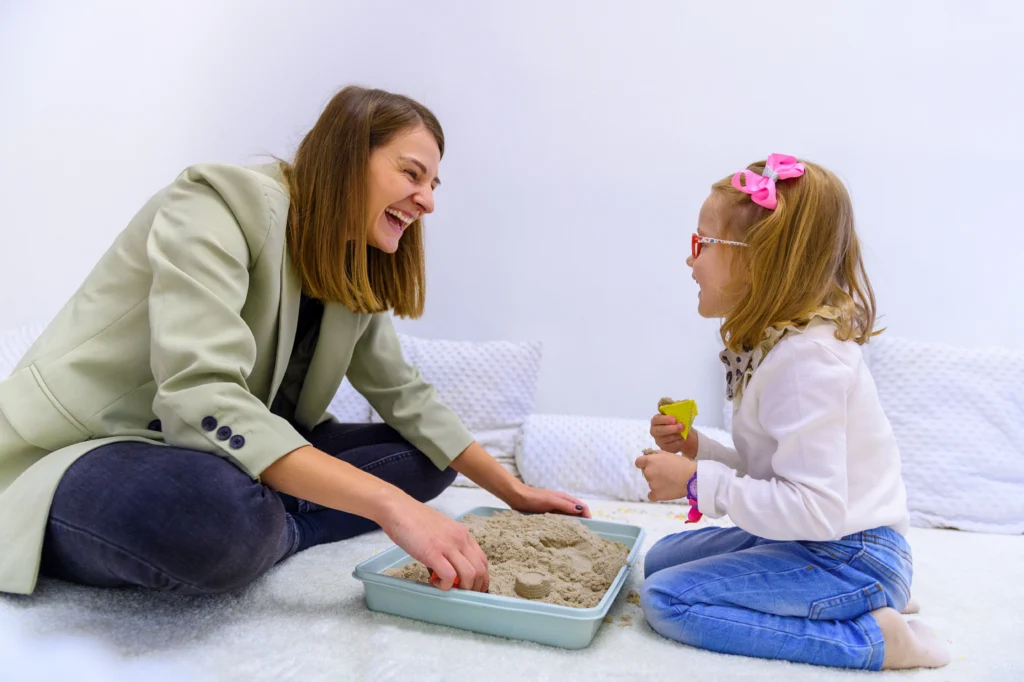
4. Emotion Regulation (Anxiety, Anger, Depression)
At ASD Community Support Service, we recognise that children with autism often struggle with overwhelming emotions like anxiety, anger, and depression. Our individualised programs are designed to help young learners (aged 2–7) develop essential emotion regulation skills in a supportive, structured environment.
Using evidence-based strategies, including ABA therapy, visual prompts, sensory regulation, and social stories, we create personalised plans to help each child:
- Identify and express emotions safely
- Reduce anxiety and meltdowns
- Develop coping strategies for frustration
- Improve social communication

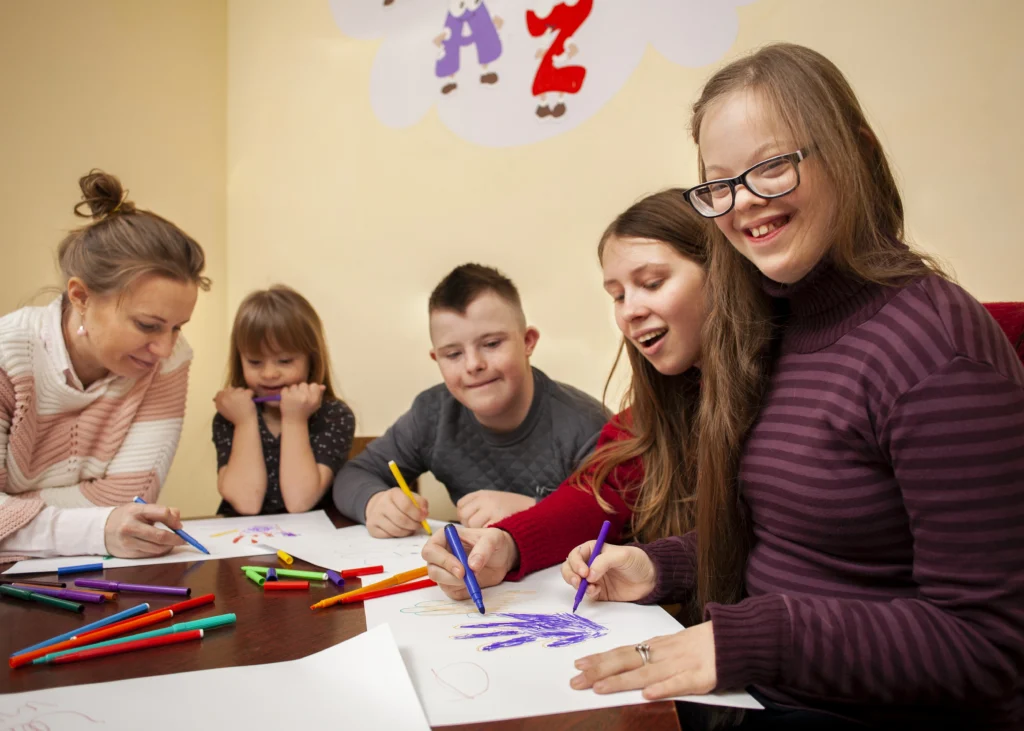
5. School Readiness & Transition Support
We empower children with autism to successfully transition to school by developing:
- Suitable for kids aged 4 to 7
- Joint Attention
- Practise school readiness skills (transition, follow group instructions, engage in activities)
- Structured play time (turn taking, collaborative activities, social games)
- Small group setting with 2-4 children at similar developmental stage
- Weekly progress valuation
- Running by school terms
Our evidence-based approach helps children adapt confidently to their new school setting while supporting families through every step of the journey.
- Suitable for kids aged 4 to 7
- Joint Attention
- Practise school readiness skills (transition, follow group instructions, engage in activities)
- Structured play time (turn taking, collaborative activities, social games)
- Small group setting with 2-4 children at similar developmental stage
- Weekly progress valuation
- Running by school terms
Our evidence-based approach helps children adapt confidently to their new school setting while supporting families through every step of the journey.
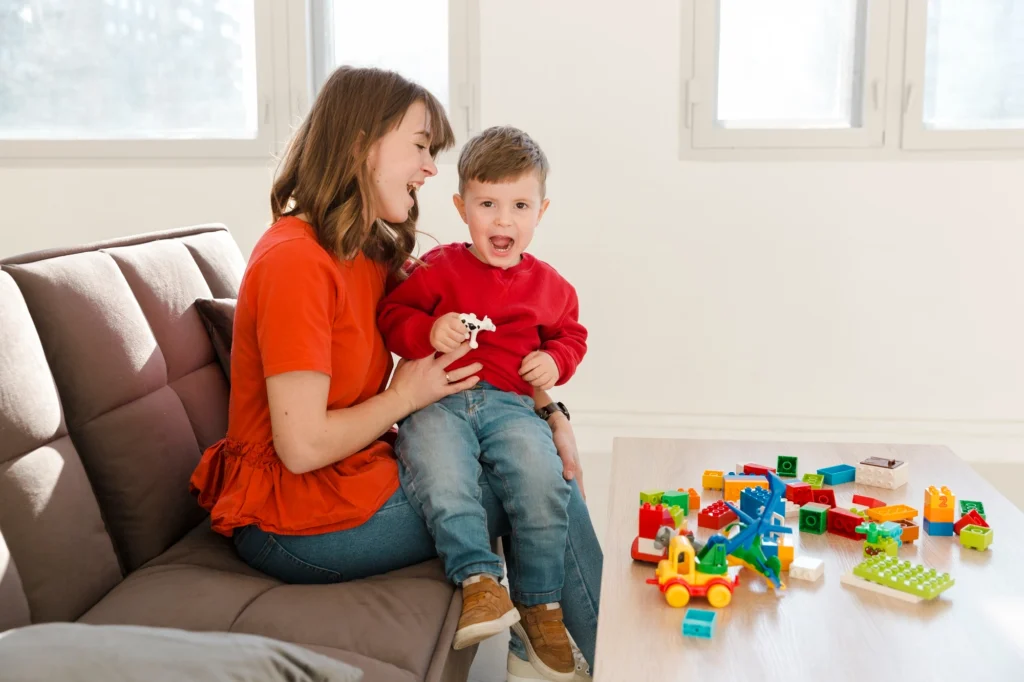
6. Daily Living Skills (toilet training, feeding, teeth-brushing)
At ASD Community Support Service, we specialise in helping children with autism build essential life skills through individualised, evidence-based ABA therapy.
Recognising that skills must extend to home environments, we:
- Provide parent training sessions
- Create custom visual supports for home use
- Collaborate with other professionals (OTs, speech therapists) when needed


7. Parent Support and Training
At ASD Community Support Service, we empower parents and caregivers with the knowledge and skills to support your child’s development at home and in daily life.
Our parent training sessions provide:
- Guidance on implementing strategies to manage behaviours and build skills
- Techniques to enhance communication and social interaction
- Tools to create structured, supportive home environments
- Ongoing coaching tailored to your family’s needs
Our parent training sessions provide:
- Guidance on implementing strategies to manage behaviours and build skills
- Techniques to enhance communication and social interaction
- Tools to create structured, supportive home environments
- Ongoing coaching tailored to your family’s needs
What Kind of Progress Can Be Expected with ABA?
Competently delivered ABA intervention can help children with ASD make meaningful changes in many areas. However, changes do not typically occur quickly. Rather, most kids require intensive and ongoing instruction that builds on their step-by-step progress. Moreover, the rate of progress – like the goals of intervention – varies considerably from person to person depending on age, level of functioning, family goals and other factors.
Some children do acquire skills quickly. But typically, this rapid progress happens in just one or two particular skill areas, while much more instruction and practice are needed to master another skill area such as interacting with peers.

